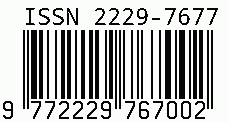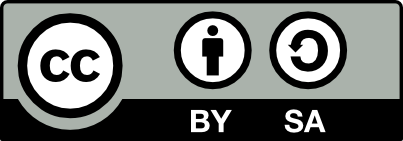
International Journal on Science and Technology
E-ISSN: 2229-7677
•
Impact Factor: 9.88
A Widely Indexed Open Access Peer Reviewed Multidisciplinary Bi-monthly Scholarly International Journal
Plagiarism is checked by the leading plagiarism checker
Call for Paper
Volume 16 Issue 4
October-December 2025
Indexing Partners



















Investigating the Application of Data Analytics in Forecasting Business Outcomes
| Author(s) | Sweta Pandya |
|---|---|
| Country | India |
| Abstract | In an era of growing data volumes and computational capability, businesses increasingly leverage data analytics to forecast critical business outcomes such as sales volumes, customer behaviour, market demand and operational performance. This paper proposes a conceptual framework that links data-analytics capabilities (including data infrastructure, analytics techniques and human/organisational readiness) to business-outcome forecasting effectiveness, and in turn to decision-making quality and firm performance. Drawing on extant literature from business analytics, forecasting, and management control, we identify key antecedents, moderating factors and potential mechanisms by which analytics leads to improved forecasting and thus business outcomes. The framework is complemented by propositions about how firms can structure their analytics initiatives to maximise forecasting accuracy and utility. Implications for practitioners and researchers are discussed, limitations acknowledged, and avenues for future research proposed. |
| Keywords | Data analytics; business forecasting; predictive analytics; business outcomes; organisational readiness; decision-making; firm performance. |
| Field | Engineering |
| Published In | Volume 16, Issue 4, October-December 2025 |
| Published On | 2025-10-31 |
Share this


CrossRef DOI is assigned to each research paper published in our journal.
IJSAT DOI prefix is
10.71097/IJSAT
Downloads
All research papers published on this website are licensed under Creative Commons Attribution-ShareAlike 4.0 International License, and all rights belong to their respective authors/researchers.

